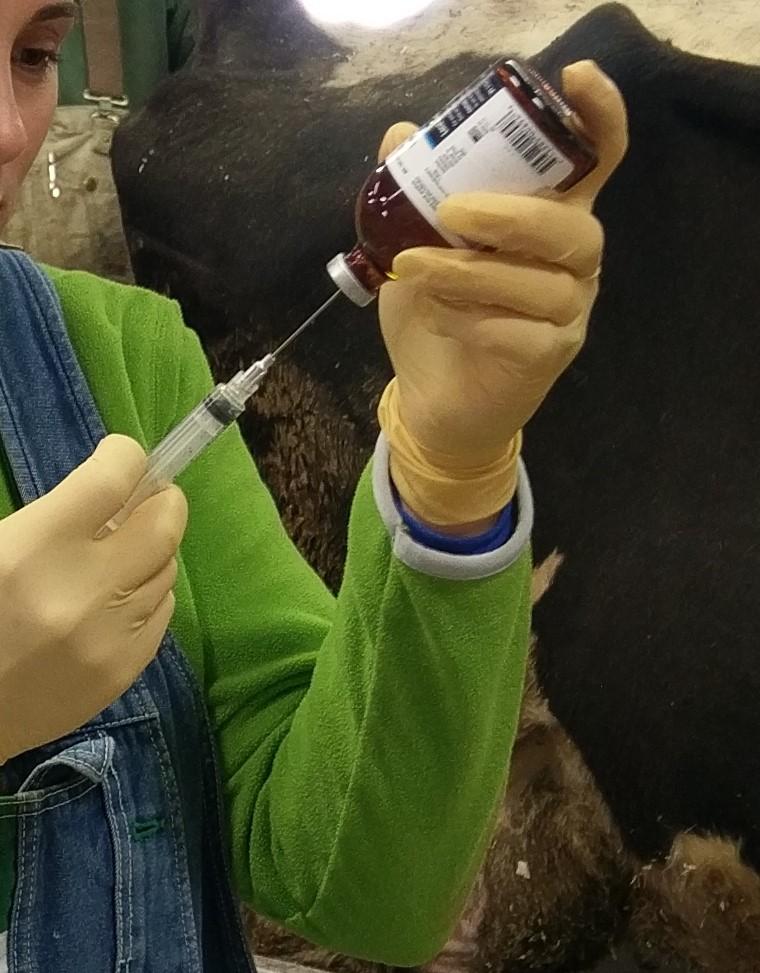What Antibiotics Will No Longer be Available OTC?
On June 11, 2023, the FDA’s new directive, “Guidance for the Industry #263,” is slated for implementation, meaning that over-the-counter (OTC) antibiotics will no longer be available through traditional retail channels. Instead, these antibiotics will now require a prescription from a licensed veterinarian.
While livestock producers are continuously working to practice judicious antibiotic usage, no longer having the ability to purchase commonly used antibiotics can throw farmers a curveball. Instead, these antibiotics will only be available with a veterinary prescription and will need to be purchased from a veterinarian or a pharmacy. The Pennsylvania State University Dairy Extension team lists the following antibiotics that will no longer be available for purchase over-the-counter:

